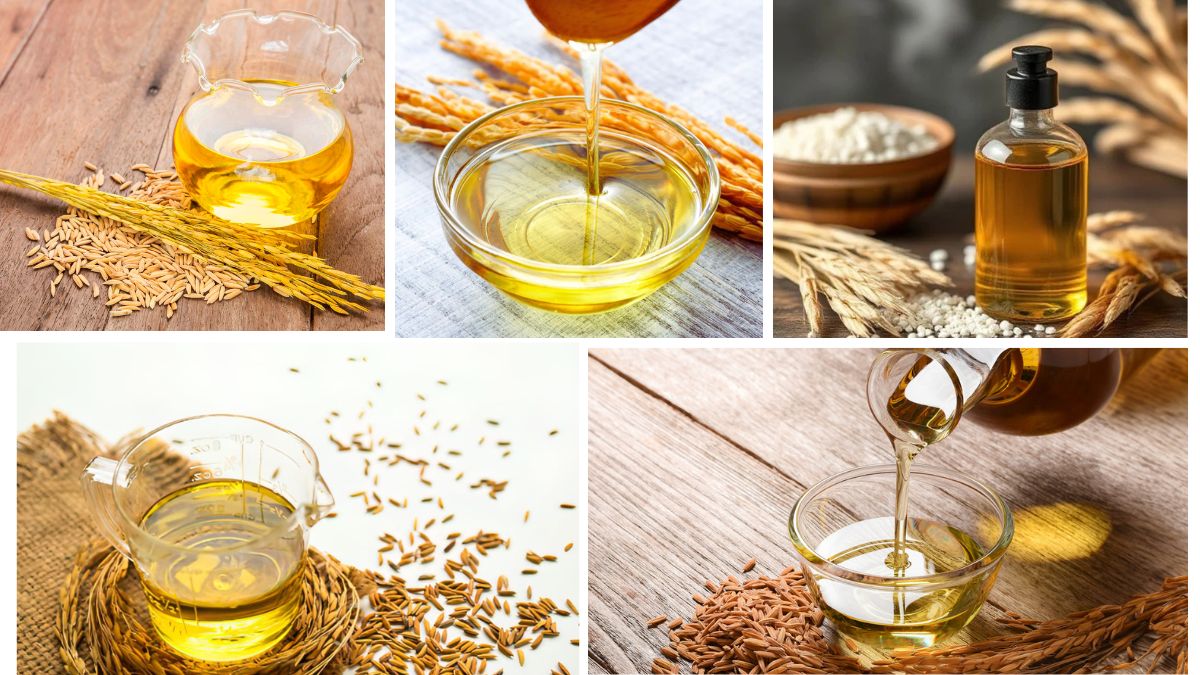Rice bran oil, often referred to as the “heart-friendly oil,” is extracted from the outer layer of the rice grain, known as rice bran. This golden-colored oil has gained immense popularity globally due to its high smoke point, balanced fatty acid profile, and significant health benefits. As health consciousness increases among consumers, the demand for rice bran oil has surged, particularly in Asian countries where rice cultivation is prominent. This article explores which country leads in rice bran oil production, supported by detailed analysis, economic trends, and global dynamics.
What is Rice Bran Oil?
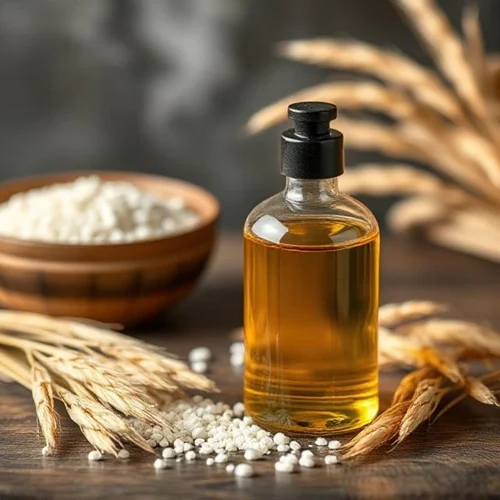
Rice bran oil is extracted from the hard outer brown layer of rice, called rice husk or chaff. It contains a mixture of saturated, monounsaturated, and polyunsaturated fats in a near-ideal ratio, along with antioxidants like oryzanol, tocopherols, and tocotrienols. These components contribute to cardiovascular health, cholesterol reduction, and anti-inflammatory benefits.
Its neutral flavor and high smoke point (around 450°F or 232°C) make it suitable for various cooking methods including frying, sautéing, and baking. Because it’s less greasy than other oils, it’s favored in both household kitchens and large-scale food manufacturing.
Global Overview of Rice Bran Oil Production
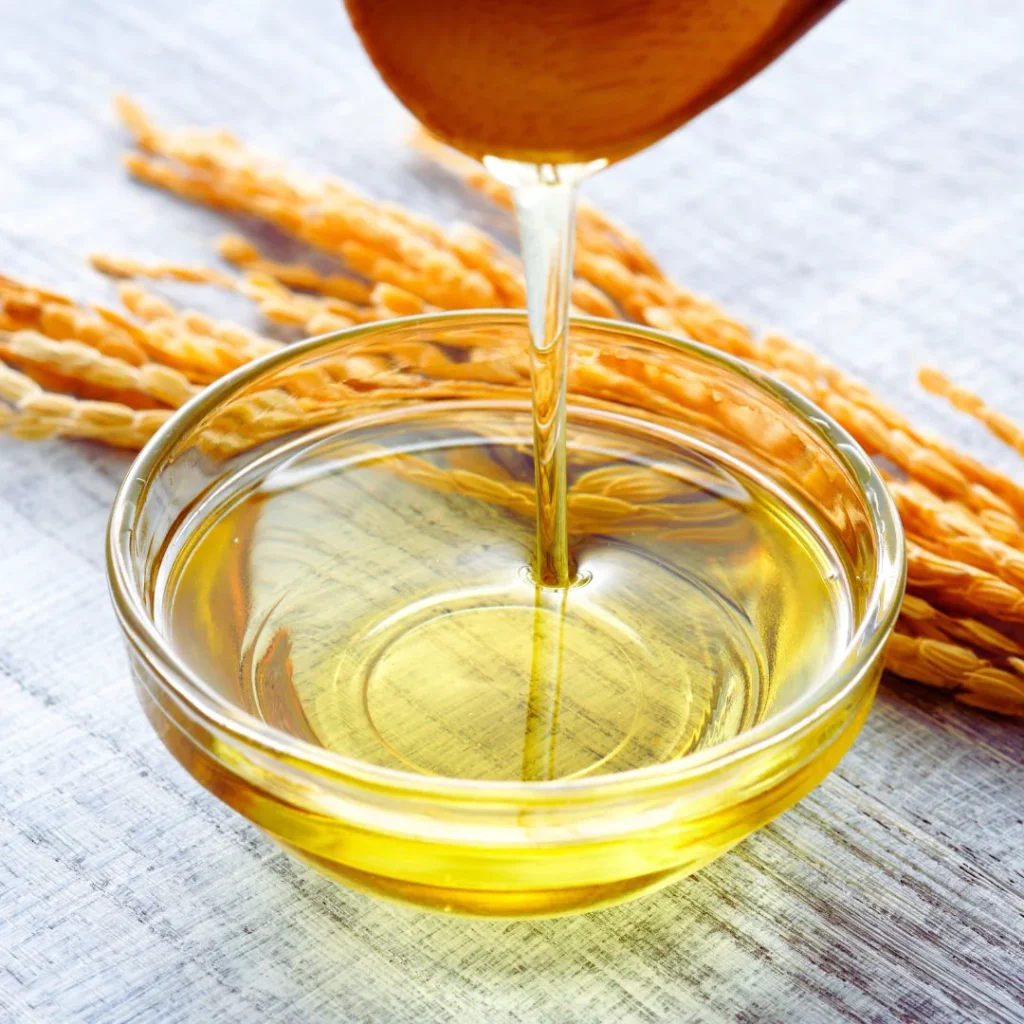
Rice bran oil production is highly dependent on rice cultivation. Therefore, countries with large rice-growing areas are the major producers of this oil. The global rice bran oil market is dominated by a few key players in Asia, where rice is a dietary staple and rice milling is widespread.
As of the latest industry estimates (2024), the global production of rice bran oil stands at around 1.2 to 1.5 million metric tons annually. The oil is primarily produced in countries like India, China, Japan, Thailand, and Vietnam.
India: The Largest Producer of Rice Bran Oil in the World

India holds the title as the largest rice bran oil producer globally. The country’s strong rice production base, large-scale milling infrastructure, and growing domestic demand for healthy edible oils have propelled it to the top.
Key Statistics:
- Annual Production: Over 1 million metric tons.
- Rice Production: Approximately 125–130 million metric tons annually.
- Major Rice-Growing States: West Bengal, Uttar Pradesh, Punjab, Andhra Pradesh, Bihar, and Tamil Nadu.
India processes vast quantities of rice through more than 100,000 rice mills spread across the country. A substantial percentage of the rice bran generated from these mills is used for oil extraction.
Why India Leads the World in Rice Bran Oil Production
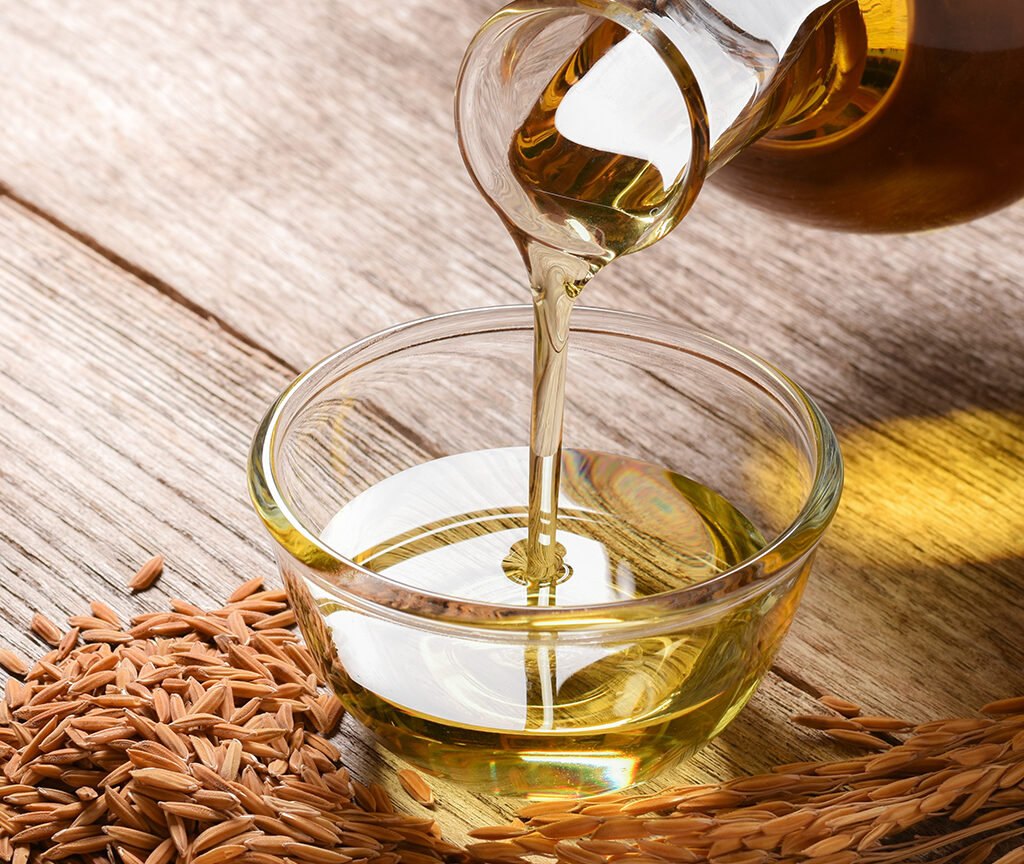
1. Abundant Raw Material
India is the second-largest rice producer in the world, following China. With such high rice output, the country generates a massive volume of rice bran – the key raw material for rice bran oil.
2. Government Initiatives
India’s government has supported the rice bran oil industry by classifying it as a “healthy edible oil” and promoting its use in public distribution schemes and mid-day meal programs. Policies such as GST reduction on rice bran oil have also incentivized its production and use.
3. Expanding Processing Capacity
India has witnessed significant growth in rice bran oil extraction and refining units over the last two decades. Advanced solvent extraction technology, especially in states like Maharashtra, Andhra Pradesh, and Chhattisgarh, has enhanced output and efficiency.
4. Growing Domestic and Export Demand
As consumers become more health-conscious, rice bran oil is increasingly chosen over traditional oils like mustard, groundnut, and palm oil. India also exports rice bran oil to countries like Japan, the U.S., and South Korea for use in cosmetics, food, and industrial applications.
Other Major Rice Bran Oil Producers
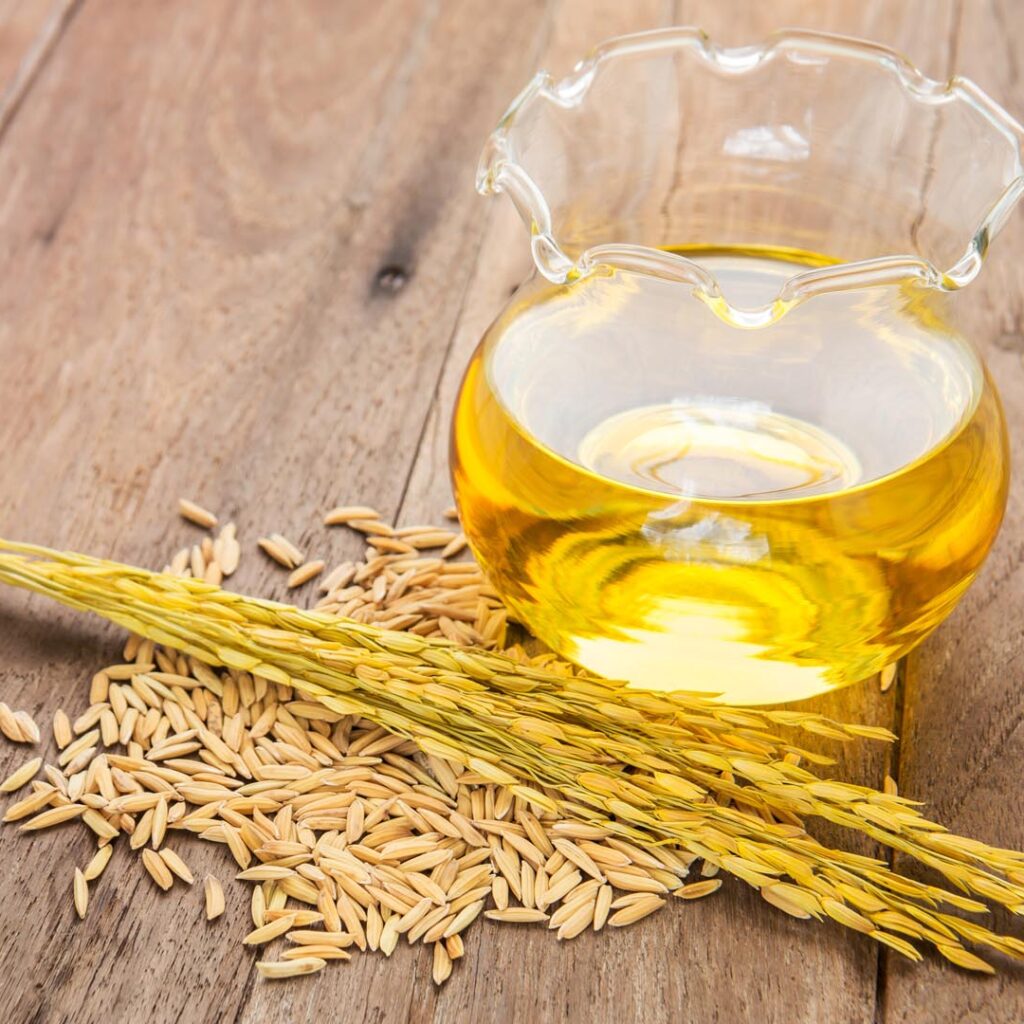
2. China
China, while being the largest rice producer in the world, ranks second in rice bran oil production. The primary reason is the relatively lower development of its rice bran oil industry compared to India. Much of the rice bran in China is used for animal feed or wasted, though efforts are underway to increase oil extraction efficiency.
- Annual Production: Around 200,000–300,000 metric tons.
- Usage: Mostly industrial and some edible applications.
3. Japan
Japan has a long history of using rice bran oil, particularly in traditional cooking and cosmetics.
- Annual Production: Around 80,000–100,000 metric tons.
- Reputation: High-quality rice bran oil used in skincare and premium food products.
4. Thailand and Vietnam
Both countries are significant rice exporters and have developed moderate rice bran oil industries. However, limited local consumption and export infrastructure keep production lower than that of India and China.
Health Benefits Fueling Demand for Rice Bran Oil
- Cholesterol Management: Contains oryzanol, which reduces LDL (bad) cholesterol and increases HDL (good) cholesterol.
- Heart Health: Rich in antioxidants and low in saturated fats.
- Weight Control: Light texture and less oil absorption during cooking.
- Skin and Hair Care: Used in cosmetic formulations due to its moisturizing properties.
These health benefits are recognized by organizations such as the World Health Organization (WHO) and the American Heart Association, which recommend rice bran oil as a healthy alternative to trans-fat-laden oils.
Economic and Trade Insights
India not only dominates in production but is also a key exporter of rice bran oil, especially in refined form. Major importers include:
- Japan – For premium edible oils and cosmetics.
- South Korea – For food and health supplement uses.
- United States – For cooking oil, animal feed, and manufacturing.
India’s rice bran oil industry is expected to grow at a CAGR of 4–5% in the coming years, driven by both domestic health awareness and export opportunities.
Challenges in Rice Bran Oil Production
Despite its growth, the rice bran oil sector faces several challenges:
- Stability of Rice Bran: Rice bran quickly deteriorates after milling due to enzyme activity, requiring immediate stabilization.
- Extraction Costs: Solvent extraction and refining are capital-intensive.
- Lack of Consumer Awareness: In many rural areas, people are unaware of the oil’s health benefits.
However, ongoing R&D and government campaigns are slowly addressing these issues.
Conclusion
India has cemented its position as the largest rice bran oil producer in the world, owing to its robust rice production, extensive milling infrastructure, favorable government policies, and growing health awareness. As global demand for healthier oils continues to rise, rice bran oil is poised to become a key player in the edible oils market. Other rice-growing countries are expected to follow India’s example by investing in extraction technology and expanding their own rice bran oil industries.
With its unique health benefits, economic value, and sustainability, rice bran oil is more than just a by-product of rice milling—it is a rising star in the global oil economy.
